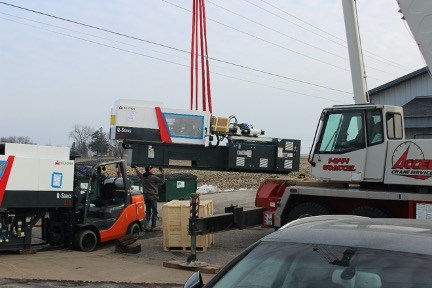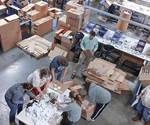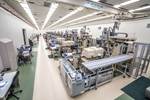PlastiCert Adds Two Molding Machines
The Lewiston, Minn. custom molder has added two new Cincinnati Milacron injection molding machines as it pursues its capital investment plan.
In late December, PlastiCert installed two new Cincinnati Milacron injection molding machines—200 and 315 tons—building out the company’s fleet that includes vertical and horizontal presses ranging from 30 to 500 tons.
These were not the company’s only injection molding machine additions in 2020. In March, it added a 55-ton VC-2R Multiplas vertical clamp machine. Earlier, it expanded the upper range of its fleet with a new 500-ton Cincinnati Milacron MTs. That press replaced a used 440-ton press the company acquired in 2006.
In a release, PlastiCert said the arrivals of these latest machines allowed it to decommission multiple older presses. The production floor has also been rearranged for efficiency and lean flow. The new machines are the the culmination of a nearly $1.5 million investment in the company.
These investments are part of a capital improvement plan laid out in 2017 that aims to replace every older piece of major equipment in the company over four years. Also included in those plans would be the repurchase of the company’s facility and a possible expansion of it. In a release, Craig Porter, president and owner, noted that PlastiCert has been debt free after a management buyout in 2011.

PlastiCert took delivery of two Cincinnait Milacron injection molding machines in December 2020.
Related Content
-
Three Key Decisions for an Optimal Ejection System
When determining the best ejection option for a tool, molders must consider the ejector’s surface area, location and style.
-
What to Look for in High-Speed Automation for Pipette Production
Automation is a must-have for molders of pipettes. Make sure your supplier provides assurances of throughput and output, manpower utilization, floor space consumption and payback period.
-
Using Data to Pinpoint Cosmetic Defect Causes in Injection Molded Parts
Taking a step back and identifying the root cause of a cosmetic flaw can help molders focus on what corrective actions need to be taken.












